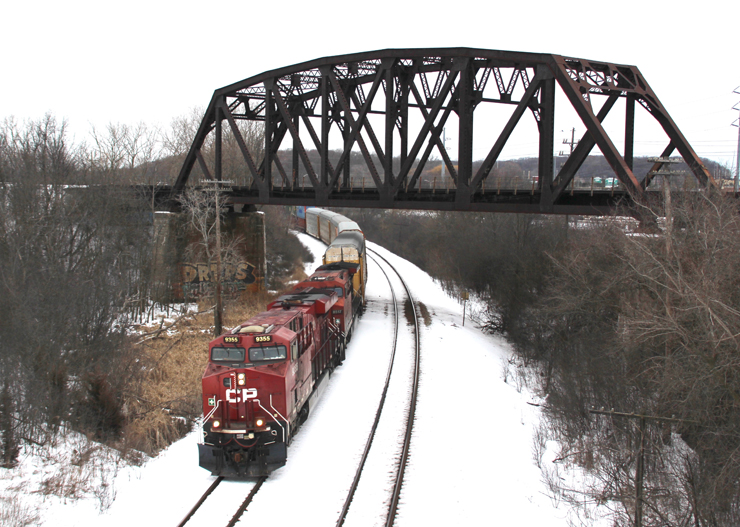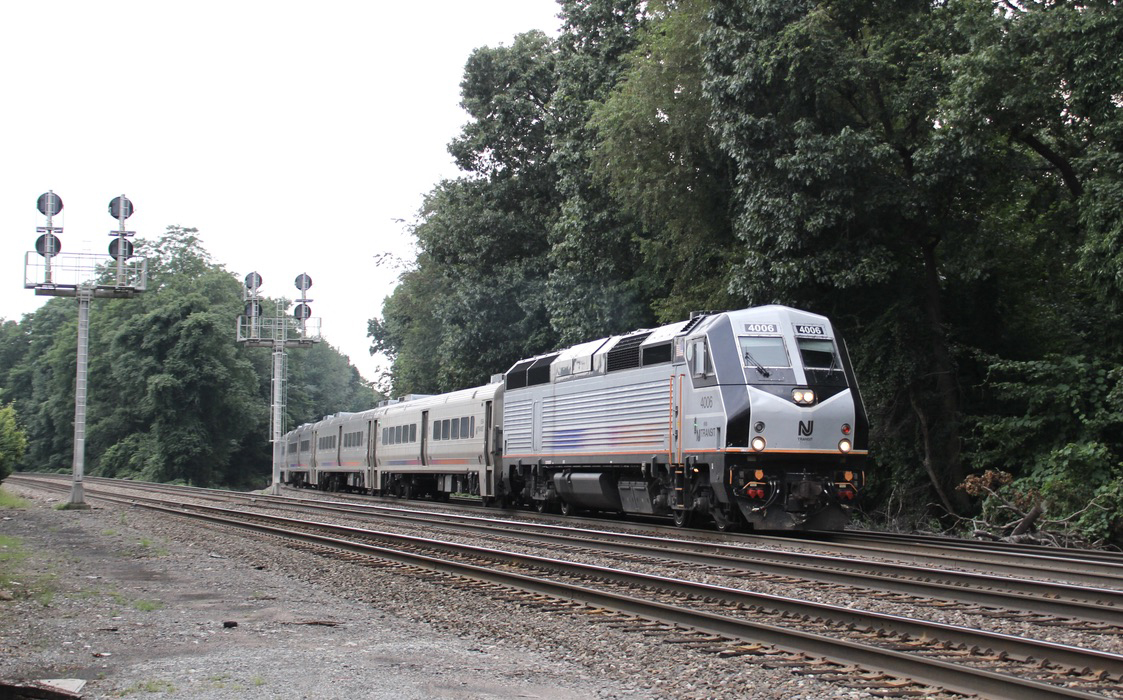CALGARY, Alberta – Canadian Pacific, the lone Class I railroad to see volume growth in 2019, on Wednesday reported record revenue and earnings for the fourth quarter and full year.
For the quarter, operating income rose 2%, to $890 million, as revenue grew 3%, to $2.1 billion. Earnings per share, adjusted for the impact of one-time items, rose 5%, to $4.77. The quarterly operating ratio was 57%, up 0.5 points from a year ago.
For the full year, CP’s operating income surged 10%, to $3.1 billion, as revenue grew 7%, to $7.8 billion. Adjusted earnings per share rose 13%, to $16.44. The operating ratio for the year was 59.9%, a 1.4-point improvement.
“These strong results were driven by an industry leading operating team,” CEO Keith Creel told analysts and investors on the railway’s earnings call on Wednesday morning.
Fourth-quarter volume declined by 1% on a carload basis or 3% when measured by revenue ton-miles, the favorite metric of the Canadian railways.
A 29% drop in potash volume accounted for nearly all of the quarterly decline, as producers have yet to finalize contracts with China, Chief Marketing Officer John Brooks says. CP hauled a record amount of Canadian grain during the quarter and year, while domestic intermodal had a third straight record year.
Crude oil volumes ran at a record rate of 36,000 carloads in the fourth quarter, which should continue this quarter as well, Brooks says.
For the full year, RTMs were flat but traffic was up 1% when measured by carloads and intermodal units.
The railway’s key operating metrics largely improved during the quarter. Average terminal dwell improved by 9% and car miles per day went up 11% to a CP record, but train speed dipped by 1%. On-time performance, as measured by trip-plan compliance, was what Creel called an “impressive 90%.”
For 2020, CP expects its revenue ton miles to grow by mid single digits, with earnings per share growth of between high single digits and low single digits percentage range. The railroad’s capital expense budget will hold steady at $1.6 billion.
In its bulk segment, this year CP expects strong Canadian grain volume, growth in potash, and declining coal volume.
In merchandise, CP’s transload strategy is driving growth in forest products shipments, and the railway is expecting double-digit growth in automotive traffic. But frac sand volume is expected to decline as local sand replaces Midwestern sand in the Permian Basin of Texas.
CP also expects domestic intermodal to grow due to continued over-the-road conversions and a new intermodal contract with Yang Ming that went into effect Jan. 1 at the Port of Vancouver. CP will lose the ONE international intermodal contract to CN in June, however.
















Curtis – From my experience with CNW bridges, the nickname “Cheap & Nothing Wasted” is a better description of their bridge infrastructure. As a whole, I would say ex-CNW bridges have lighter construction compared to the bridges on the CNW’s Midwestern peers. The CNW’s infatuation with intersecting Warren trusses even makes some of their slightly more robust bridges look spindly. The bridges on some of their earlier lines were heavily built for the time, with lots of stone arches and iron bridges where others were building timber. But over time the MILW, Soo, and CBQ were all building far more substantial structures. Their standard timber trestle design was quite a bit lighter when compared the standard timber trestles built by the Soo and MILW.
Another fine pix of the C&NW overpass reveals the well engineered infrastructure typical of that road.
CP’s coal business is largely export-driven, and a good chunk of it is metallurgical coal, so maybe that’s why it suffered far less than US railroads.
But this business is scheduled to move to Prince Rupert next year, so CP will be forced to short-haul itself to a CN interchange at Kamloops instead of going all the way to Vancouver. This will be painful.
And this result occurs with reduction in coal, unless export coal is growing.
Stenographic and hagiographic reporting